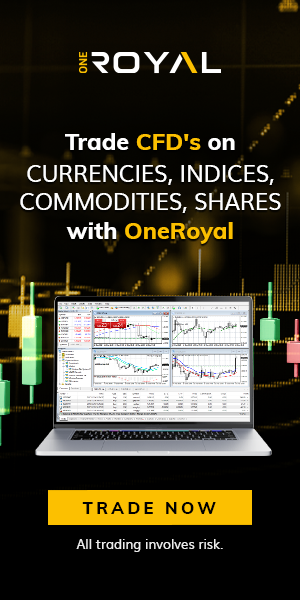Bearish, sounds like something wild, doesn’t it? But what does it actually mean in forex trading?
Why do some traders feel nervous when they hear this word, while others get excited?
Could being bearish actually help you make money in forex? If you’ve ever seen the forex market moving down fast and wondered why people are still trading, this word holds the answer.
Let’s look into it in a way that even someone new, yes, even you, can truly understand.
In This Post
What Does “Bearish” Mean in Forex?
Bearish in forex means expecting prices to go down. If a trader says they are bearish about a currency pair, like EUR/USD, they believe the price of that pair will fall. That’s it.
They’re looking to sell now and buy back later when the price is cheaper, so they can make a profit from the drop.
Let’s say the price of GBP/USD is currently at 1.3000. A bearish trader thinks it will fall to 1.2900.
So, they sell it now, wait for the price to drop, and then buy it back at the lower price. The difference between the two prices becomes their profit.
Why Is It Called “Bearish”?
The term bearish comes from the way a bear attacks. A bear strikes by swiping its paw downwards, just like prices fall in a bearish market.
That’s the opposite of bullish, which comes from a bull attacking upward with its horns.
In forex, bearish = downward movement.
How Do You Know the Market is Bearish?
Below are signs that help traders know the market is bearish:
Lower highs and lower lows: The price keeps falling.
Negative news about a country’s economy: This can weaken its currency.
Strong selling pressure: More traders are selling than buying.
Bearish candlestick patterns: These show up on forex charts and suggest the market may fall.
What Do Traders Do in a Bearish Market?
In a bearish forex market, traders usually:
Sell (go short) the currency pair
Use tools like stop-loss to protect themselves from sudden price spikes
Follow news updates, like interest rate changes or political news, that can move prices further down
Being bearish is not about fear, it’s about strategy.
Examples of Being Bearish in Forex
A trader reads that the U.S. economy is slowing down. They become bearish on USD/JPY, meaning they expect the U.S. dollar to fall compared to the Japanese yen.
A central bank announces a plan to cut interest rates. This often makes traders bearish on that country’s currency.
Bad news, like war, elections, or inflation, makes traders bearish on affected currencies.
Conclusion
So now you know, bearish isn’t something to be scared of. It simply means expecting the price to fall.
In the forex market, knowing when to be bearish and how to act on it can help traders protect their money or even grow it.
This is just one of the many powerful words in forex that can change the way you understand trading.
Keep learning, and soon, you’ll start spotting these market moves like a pro.



